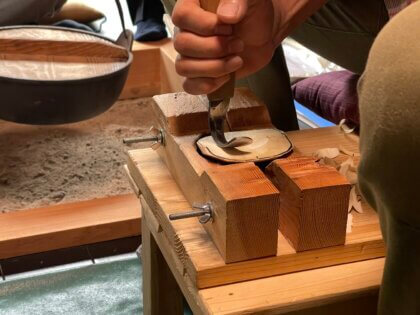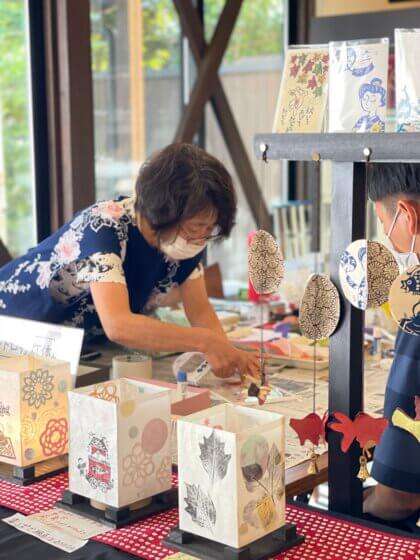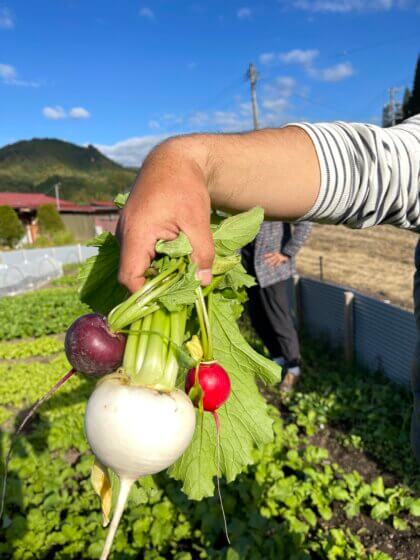highlights in winter of Hida Snow Country
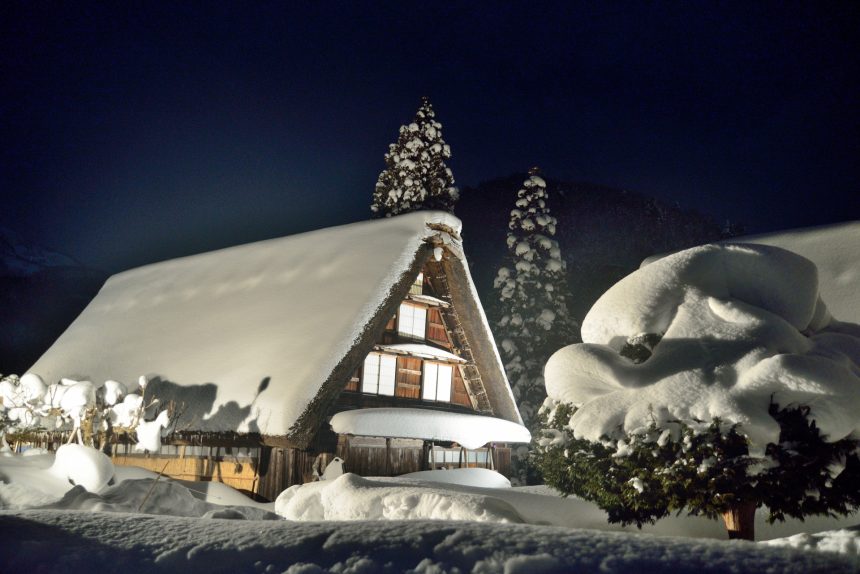
When winter comes, the Hida Mountain Range is snowy, and silver snowflakes and transparent icicles condense on the tangled branches, like a silver-white coral sea. The 19.9-kilometer Kamioka Railway is like a snowy elf. , Passing through countless iron bridges spanning the cliffs and gorges along the way, as well as the long and narrow tunnels deep in the mountain walls, transporting tourists safely to the secrets of the snow country…
World Heritage Site, Historic Village of Shirakawa-go
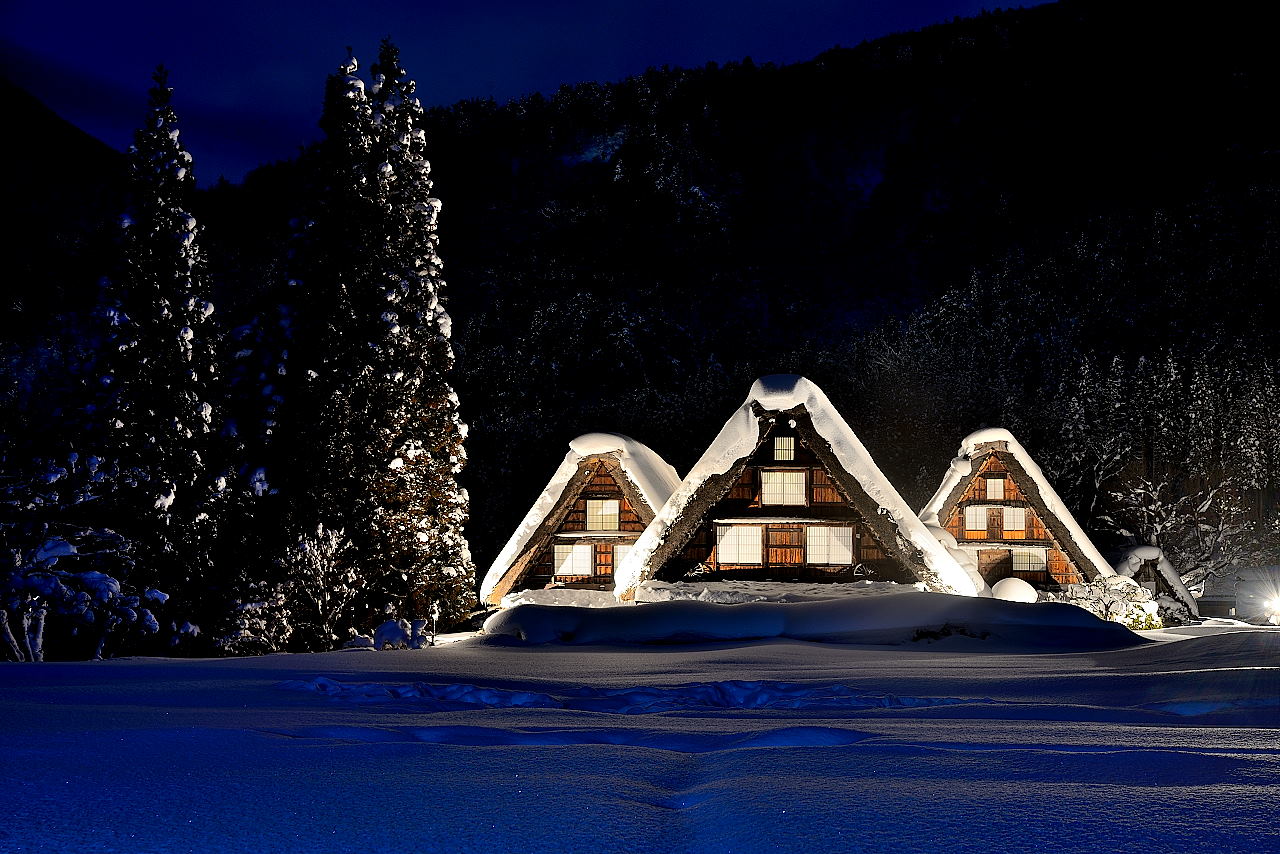
Shirakawa-go’s Gassho-Zukuri Village was registered as a UNESCO World Heritage Site in December 1995, along with the Gokayama Gassho-Zukuri Village.
The gassho style of building is characterized by steep, thatched roofs. These steep roofs connect over massive wooden beams, shaped like hands folded in prayer (gassho in Japanese). The houses are unique to the region, able to endure the heavy snowfalls of winter, while the upper reaches are ideal for the cultivation of silkworms. The famous German architect Bruno Taut glowingly remarked on the singular character of these houses, praising that “This landscape is not like other Japanese style. At least I have never seen it before.”
Once there were an estimated 300 gassho style buildings in Shirakawa-go, of which only 114 remain. The oldest of these is said to be about three centuries old and is still in daily use.
In Shirakawa-go Village, the Ogi-machi district is the largest settlement, located midway between Takayama and Kanazawa. A relaxing day-trip tour to Shirakawa-go is possible by a one-hour bus ride from Takayama City, but an overnight stay at a historic Gassho-style house inn is recommended.
Santera Mairi Festival
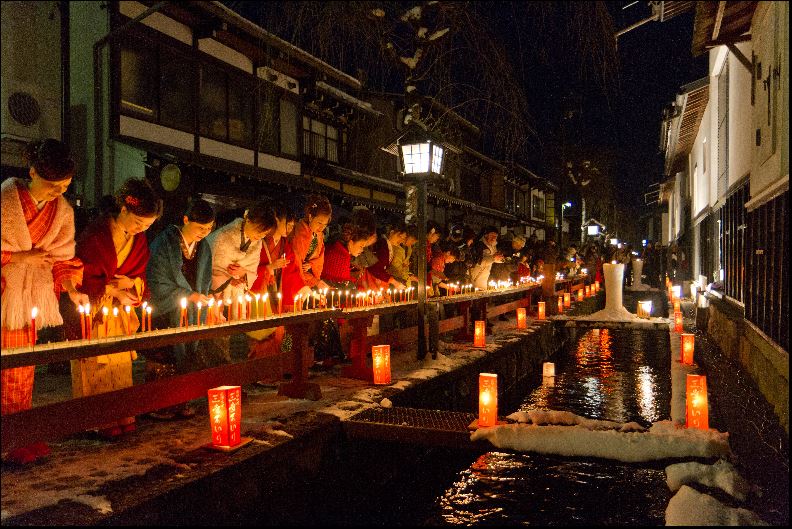
The Santera Mairi Festival, literally “Three Temple Visit,” is held annually on January 15th and known as one of Hida Furukawa’s top festivals.
Traditionally, it was used as an event for young men and women to meet but today, the event is seen as more of a temple pilgrimage. People visit Hida’s three main temples of Enkoji, Honkoji, and Shinshuji to pray for fortune in their relationships.
Hundreds of snow candles and lanterns are lit across town from 4pm, including along the Seto River, creating a romantic, warm atmosphere against the cold winter night. Candles used in this festival are locally produced Warosoku Japanese candles made by Mishima, who also makes a special giant 13kg candle for the event. Red and white candles that align the Seto River can be added by visitors too — those who pray for fortune in new relationships light white candles, while those who have seen success light red candles.
During the festival, you can visit the central Monzen-ichi market stalls at Festival Square (12pm–9pm), to try some local favorite foods, like Hida beef croquettes, Hida beef curry, grilled/salted trout or gohei-mochi rice sticks. It is popular to rent a kimono to dress up during a walk around the traditional downtown area of Hida.
Shinhotaka Ropeway
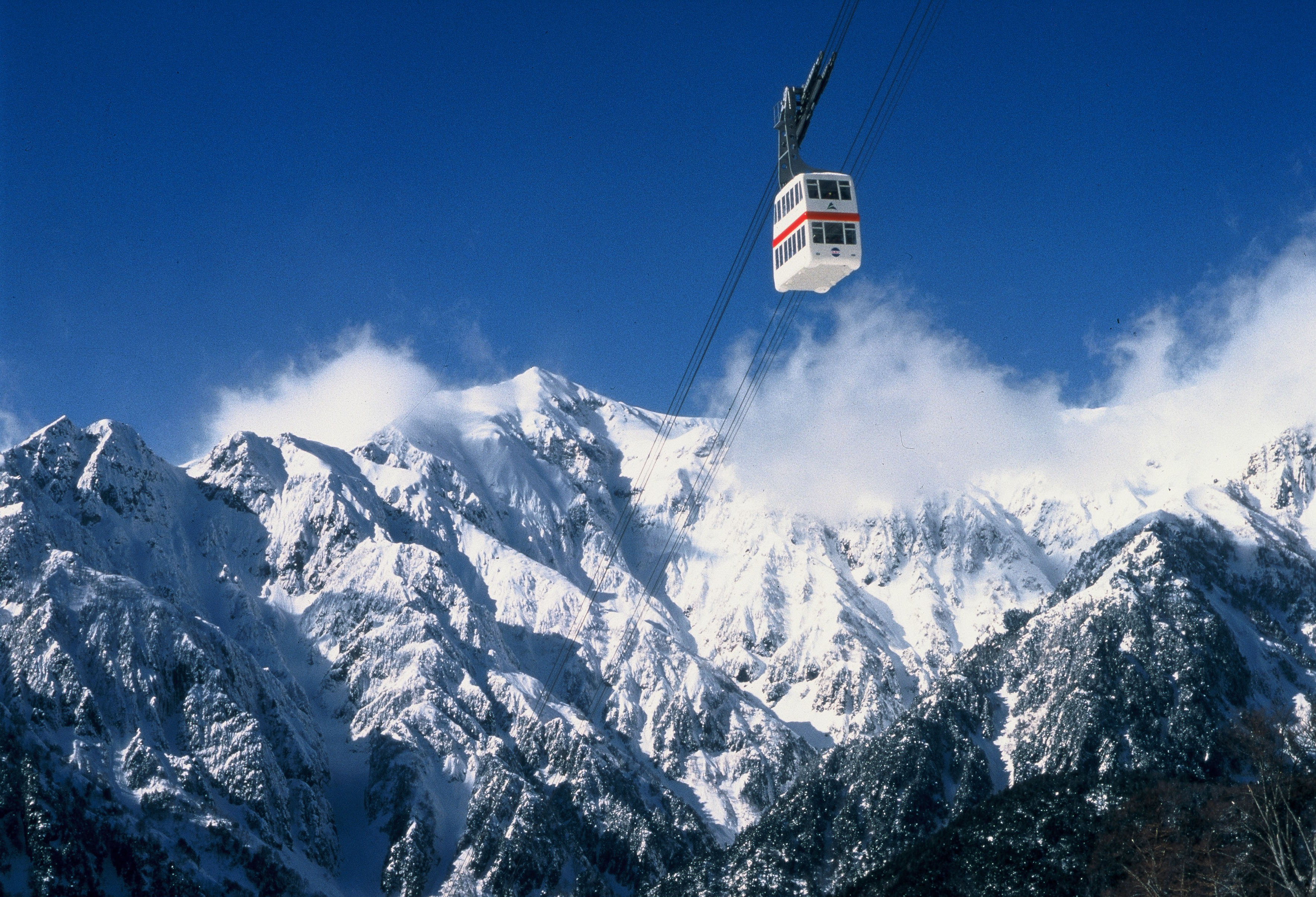
First-in-Japan double-decker gondolas will take you 2,200 meters above sea level. Enjoy the majestic vista of Japan’s Northern Alps (Hida Mountain Range). Climbers can use the ropeway to begin their trek.
Illumination of Subzero Forest
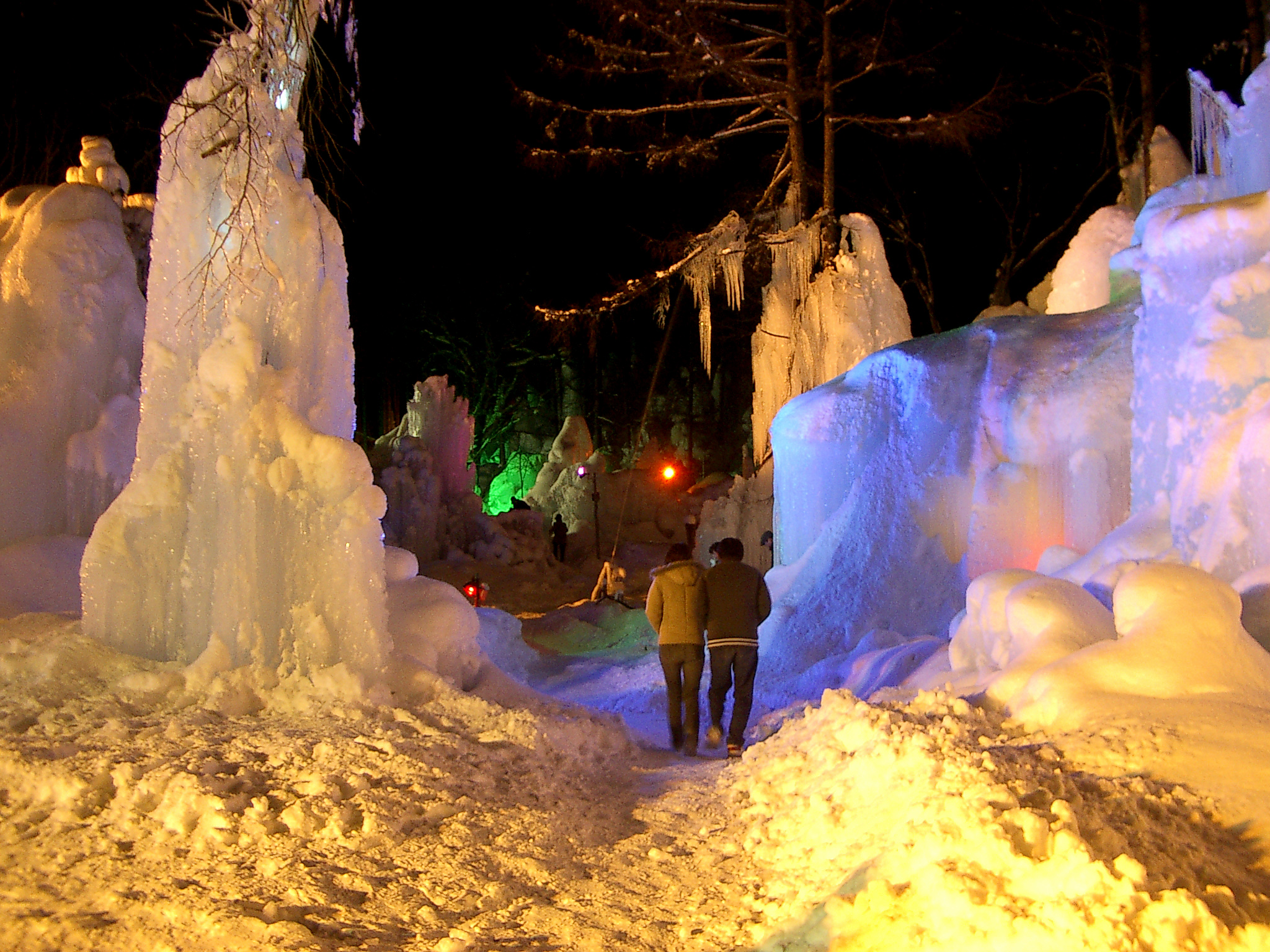
The Subzero Forest is a special winter attraction which has been presented by the isolated mountain inn, “Akigami Onsen Ryokan” since1971. The ”Forest of ice”, which was created by the innkeeper after long years of effort, is lit in blue during the daytime and illuminated at night, showing us a fantastic world.
- Date
- From January 1 to March 31 each year

